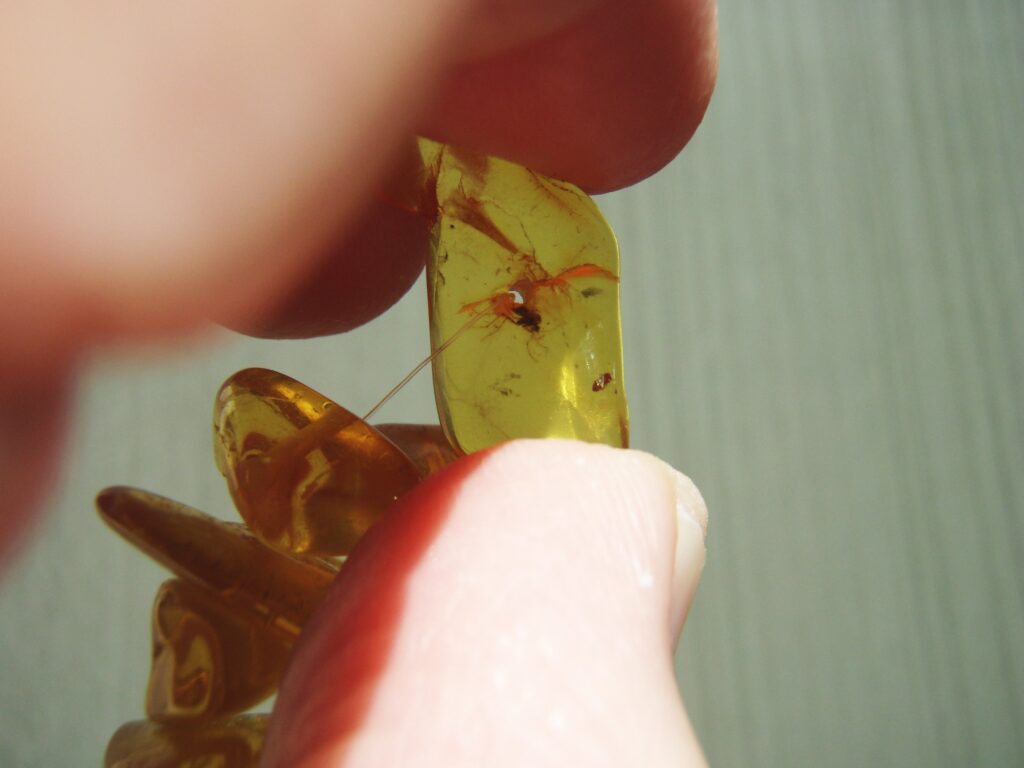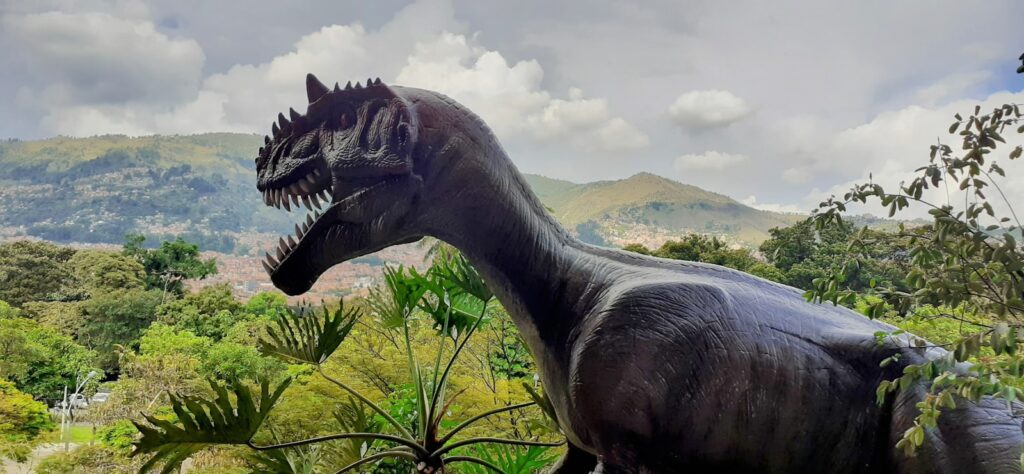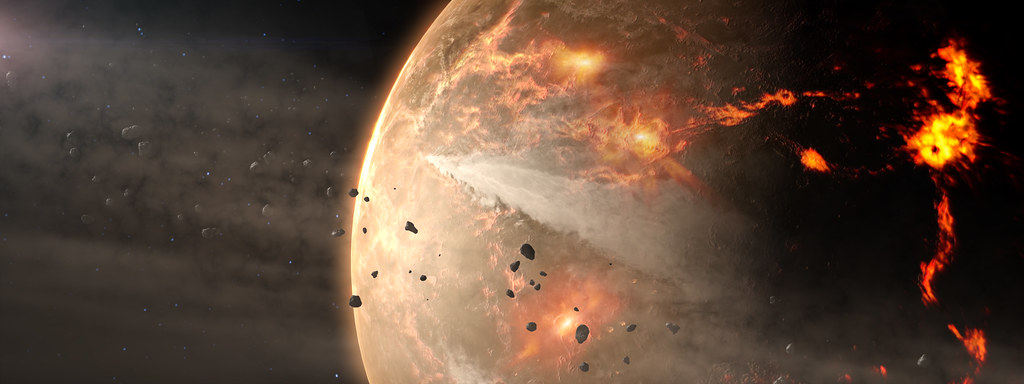The journey from a living creature to a fossil is like winning the ultimate lottery. Out of the billions of organisms that have lived on Earth throughout its history, only a tiny fraction ever became preserved in stone, creating the incredible fossil record we study today. This remarkable transformation requires a perfect storm of conditions, timing, and sheer chance that paleontologists often call “exceptional preservation.” Most remains vanish long before they have a chance to fossilize—eroded by weather, devoured by scavengers, or broken down by microbes. But in rare cases, rapid burial in mud, ash, or oxygen-poor waters locks away the evidence of ancient life. These extraordinary conditions can capture not just bones and shells, but impressions of skin, feathers, and even soft tissues that open an unprecedented window into the past. Sites like these are treasure troves, offering clues that ordinary fossils could never preserve. They remind us just how much of Earth’s story is still hidden—and how lucky we are when nature lets us glimpse it.
The Critical Timing Game
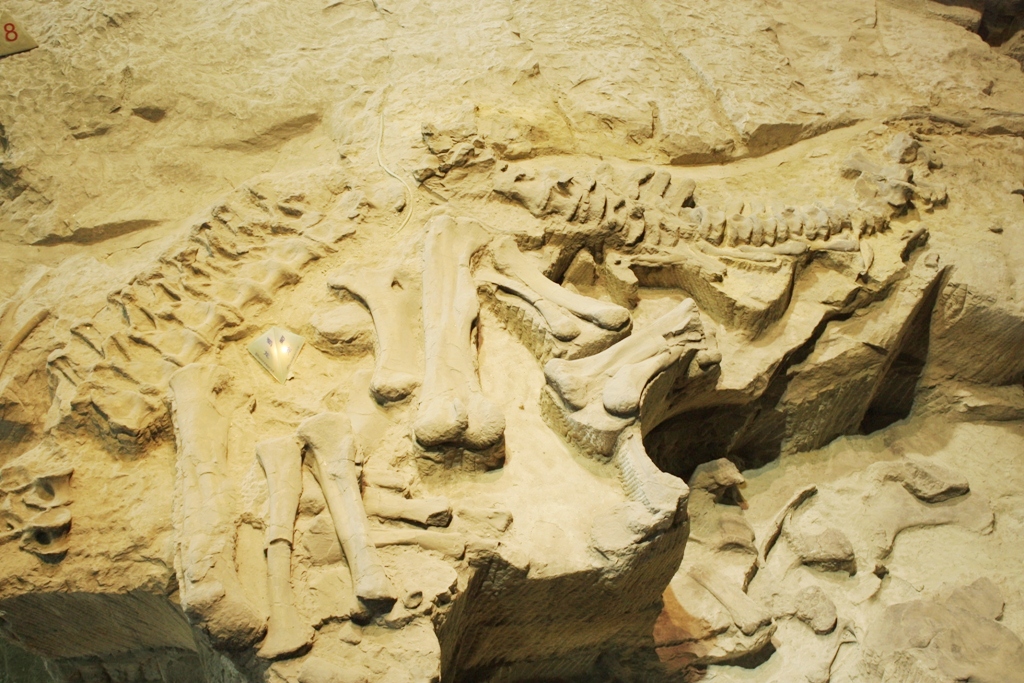
Rapid burial by sediments that were previously suspended in water is required for fossilisation to occur. The burial process isolates the remains from the biological and physical processes that would otherwise break up or dissolve the body material. Think of it like a race against time where decay and destruction are constantly pursuing every dead organism. When an animal dies, bacterial decomposition begins immediately, breaking down soft tissues within hours or days.
Scavengers arrive next, picking apart any remaining flesh or carrying off bones to distant locations. Weather plays its brutal role too, with rain washing remains away and temperature fluctuations causing expansion and contraction that fractures delicate structures. The secret to success in fossil preservation lies in the right combination of circumstances following the death of an organism. The first and most important circumstance is called rapid burial.
The Hard Parts Advantage

The majority of species alive today have no hard parts, however, and this was almost certainly the case in the past as well. For example, insects are the most biodiverse group of animals alive today (i.e., they are the group with the most species), but since they do not have hard parts, their fossil record is poor relative to groups like snails and clams that have shells. This creates a massive bias in our understanding of ancient life.
Shells, bones, teeth, and exoskeletons are made of minerals like calcium carbonate, calcium phosphate, or silica. These materials can withstand the chemical and physical assault that destroys soft tissues. However, even having hard parts isn’t a guarantee of preservation. Hard parts are important because they are more easily preserved; they help the organism last long enough to become fossilized. Many marine creatures with shells still end up completely destroyed by wave action, predation, or chemical dissolution.
Location Makes All the Difference

The remains of organisms are typically only fossilized in depositional environments where sedimentation – and therefore burial – is frequent. Examples of common depositional environments are lakes, river deltas, and ocean basins. Organisms that live in these types of environments – or are transported to these types of environments soon after death – are much more likely to be preserved as fossils than organisms that live elsewhere.
Imagine a dinosaur that dies on a high mountain slope versus one that dies in a river floodplain. The mountain dinosaur faces immediate exposure to weathering, with its bones scattered by gravity and erosion. Meanwhile, the floodplain dinosaur might be quickly buried by sediment during the next seasonal flood, beginning its journey toward fossilization. Fossils are more likely to be preserved in marine environments for example, where rapid burial by sediments is possible. Less favourable environments include rocky mountaintops where carcasses decay quickly or few sediments are being deposited to bury them.
The Chemistry of Preservation

Fossils are generally preserved in environments very low in oxygen (e.g., anaerobic sediment) because most decomposers (e.g., fungi, most decomposing bacteria and invertebrates) require oxygen for metabolism. Such sediments are commonly gray, green or black rather than red, a sedimentary signal of oxygen-rich conditions. The “fixing” requirement means that organism must fall into an environment rich in humic acids or clay minerals, which can retard decay by blocking the chemical sites onto which decomposers fasten their degrading enzymes.
When oxygen levels drop dramatically, the usual army of decomposers can’t function effectively. This creates a preservation window where tissues might survive long enough for mineralization to begin. The chemistry becomes even more complex when considering pH levels, mineral content, and temperature. Cold conditions slow down chemical reactions, while certain minerals can actively replace organic materials through a process called permineralization.
The Permineralization Process

The most common method of fossilisation is petrification through a process called permineralisation. After a shell, bone or tooth is buried in sediment, it may be exposed to mineral-rich fluids moving through the porous rock material and becomes filled with preserving minerals such as calcium carbonate or silica. This process essentially turns organic material into stone while preserving its original structure.
Bone is a highly porous material because space must be available inside to hold bone marrow and other tissues. After a bone is buried, the pore spaces may be filled with minerals (such as calcite or silica) that precipitate out of ground water, forming a cement. The result is a fossil that feels much heavier than modern bone and has incredible durability. This process can preserve microscopic details so perfectly that paleontologists can study ancient cell structures millions of years after the organism died.
When Soft Tissues Beat the Odds

Soft tissue fossils form in special circumstances that often need rapid burial and low oxygen environments that stop the organism from decomposing or being scavenged by other organisms. These circumstances can occur when the entire organism becomes rapidly encased in material such as ice or volcanic ash or buried in peat bogs or trapped in amber!
The preservation of soft tissues represents the absolute jackpot in paleontology. This preservation occurs when remains are buried rapidly in an oxygen-free, low-energy sedimentary environment. Since these conditions are uncommon, the preservation of soft tissue rarely happens. When it does occur, the results are breathtaking, revealing details about ancient life that would otherwise be completely lost to time.
The Burgess Shale Miracle

It is famous for the exceptional preservation of the soft parts of its fossils. At 508 million years old (middle Cambrian), it is one of the earliest fossil beds containing soft-part imprints. The Burgess Shale in Canada represents one of the most spectacular examples of soft tissue preservation ever discovered. The exceptional preservation of Burgess Shale fossils results from a perfect storm of geological conditions that occurred over 500 million years ago. These ancient organisms lived in a shallow marine environment near the edge of a underwater cliff called the Cathedral Escarpment. When underwater avalanches of fine mud swept down this cliff face, they rapidly buried entire communities of sea creatures.
The creatures preserved in the Burgess Shale show us an alien world of bizarre body plans and experimental evolution. Secondly, there is no evidence of any attempt by these organisms to burrow out of their mud “prison.” Killed instantly by the mudslides, preservation began immediately. These mudflows created instant tombs that protected delicate tissues from decay for over half a billion years.
Amber’s Golden Prison
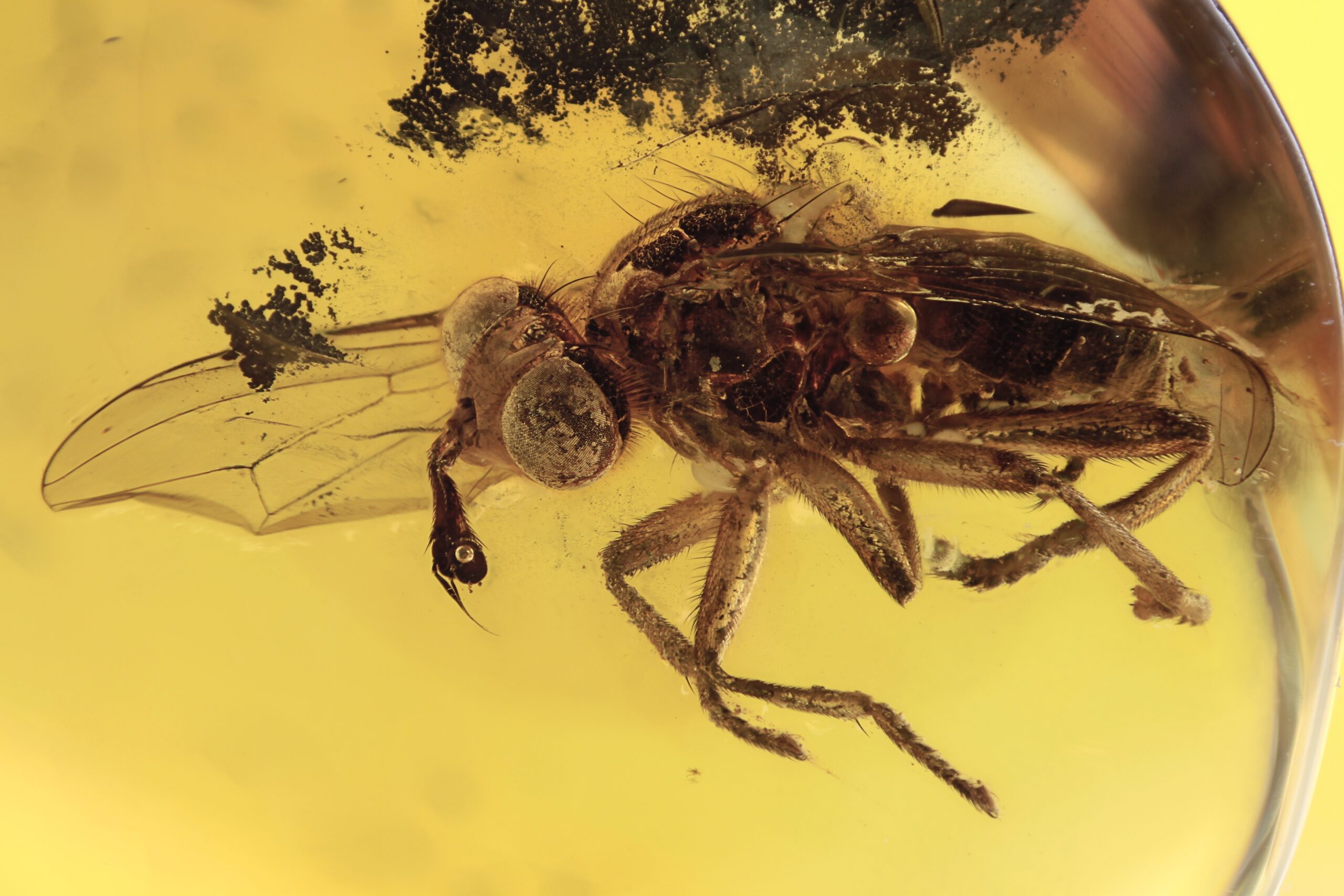
The rarest form of fossilisation is the preservation of original skeletons and soft body parts. Insects that have been trapped and preserved perfectly in amber (fossilised tree resin) are examples of preserved remains. Amber represents perhaps the most perfect preservation environment on Earth. When ancient trees produced sticky resin to heal wounds or deter insects, some unlucky creatures became trapped in this natural glue.
Because amber can envelop and protect even soft-bodied creatures, it’s great at preserving the tinier, squishier denizens within forest ecosystems. Over nearly two centuries, paleontologists studying amber have found insects, arachnids, crabs, plants, fungi, nematodes, plants, microorganisms, and even the occasional piece of a bigger vertebrate animal. The resin created an oxygen-free environment that prevented bacterial decay while also dehydrating the trapped organism. However, One thing amber does not preserve however, is DNA.
The DNA Preservation Myth
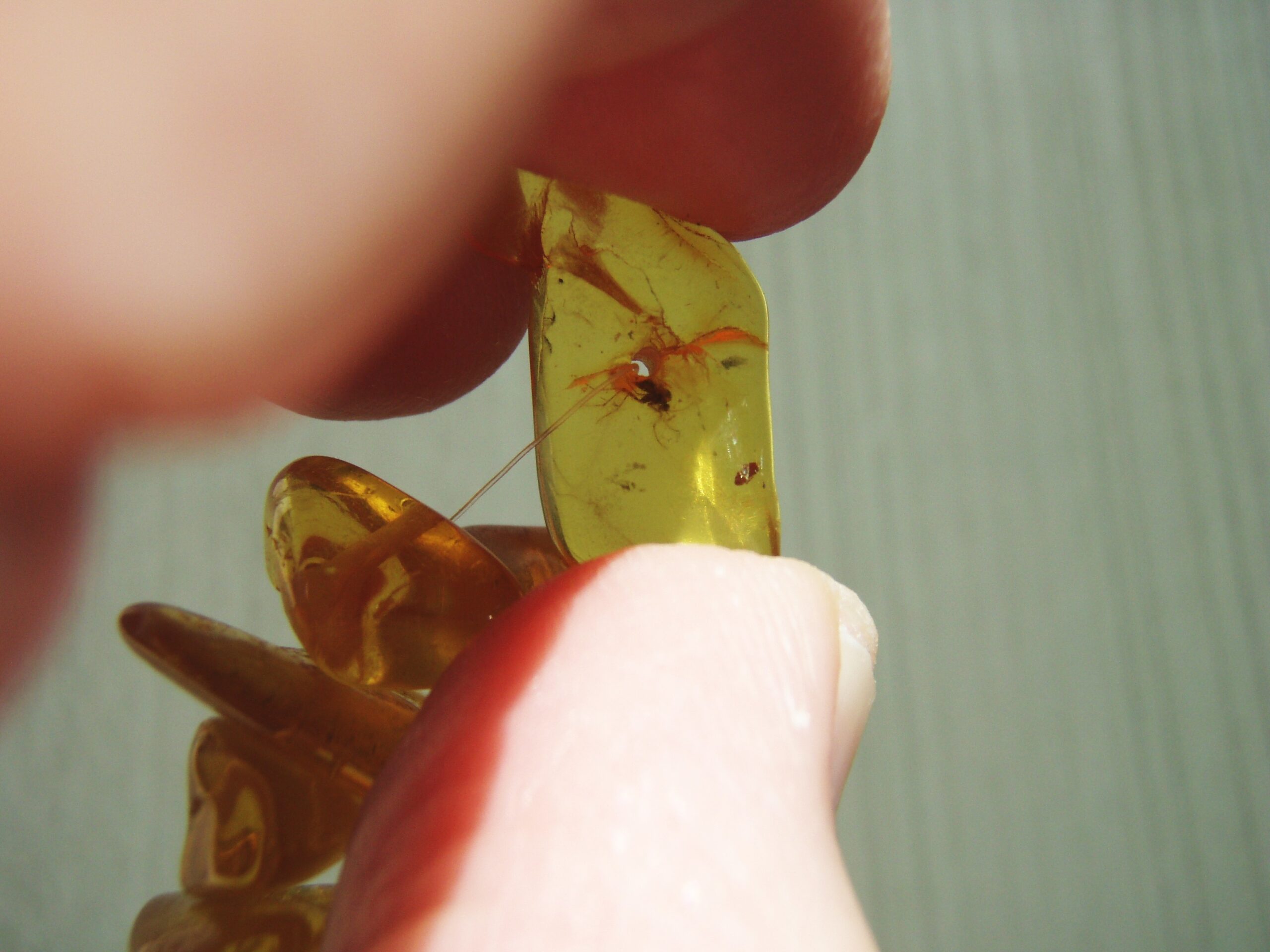
Despite popular movies suggesting otherwise, Rigorous attempts to reproduce these DNA sequences from amber- and copal-preserved bees and flies have failed to detect any authentic ancient insect DNA. Lack of reproducibility suggests that DNA does not survive over millions of years even in amber, the most promising of fossil environments. The dream of extracting dinosaur DNA from mosquitoes trapped in amber remains firmly in the realm of science fiction.
DNA starts breaking apart almost immediately after death. Amber that has survived a hundred million years has already gone through enough. Many factors can have an impact on the DNA of the bug inside, from the conditions under which it was preserved to how quickly the specimen was buried to geological phenomena that happened up until it was unearthed. Even the most recent experiments with very young resin specimens show how quickly genetic material degrades.
The Carbonization Process

Carbonized fossil remains (also called carbonizations) may result when organisms are rapidly buried, especially in low-oxygen conditions. Carbonized remains are thin, approximately two-dimensional films of carbon preserved on a flat surface of rock. They are most often black in color, reflecting the fact that they composed mostly of carbon (as is coal, which is also black in color).
This process creates some of the most beautiful fossils in the world, often resembling delicate artwork pressed between layers of stone. Most fossils that exhibit “soft part” preservation are carbonizations. Examples include many plant fossils (also known as compressions), insect fossils, and the famous fossils of the Burgess Shale. The organic compounds in the original tissues are essentially distilled down to pure carbon, creating detailed silhouettes that can preserve even the finest structures like wing veins or leaf patterns.
Lagerstätten: Windows to Lost Worlds

Konservat-Lagerstätten (conservation Lagerstätten) are deposits known for the exceptional preservation of fossilized organisms or traces. Conservation Lagerstätten are crucial in elucidating important moments in the history and evolution of life. These special deposits, whose German name means “storage places,” represent the crown jewels of paleontology.
In rare circumstances, soft parts are preserved and fossil collecting localities with this type of preservation (termed lagerstätten, a German word meaning “storage place”) are of great interest to paleontologists. This is because they provide important windows on ancient biodiversity and the body forms of ancient species (beyond the typically preserved hard parts). Each lagerstätte tells a unique story about ancient ecosystems, from the Cambrian explosion to mass extinctions and evolutionary radiations.
The Environmental Lottery Ticket
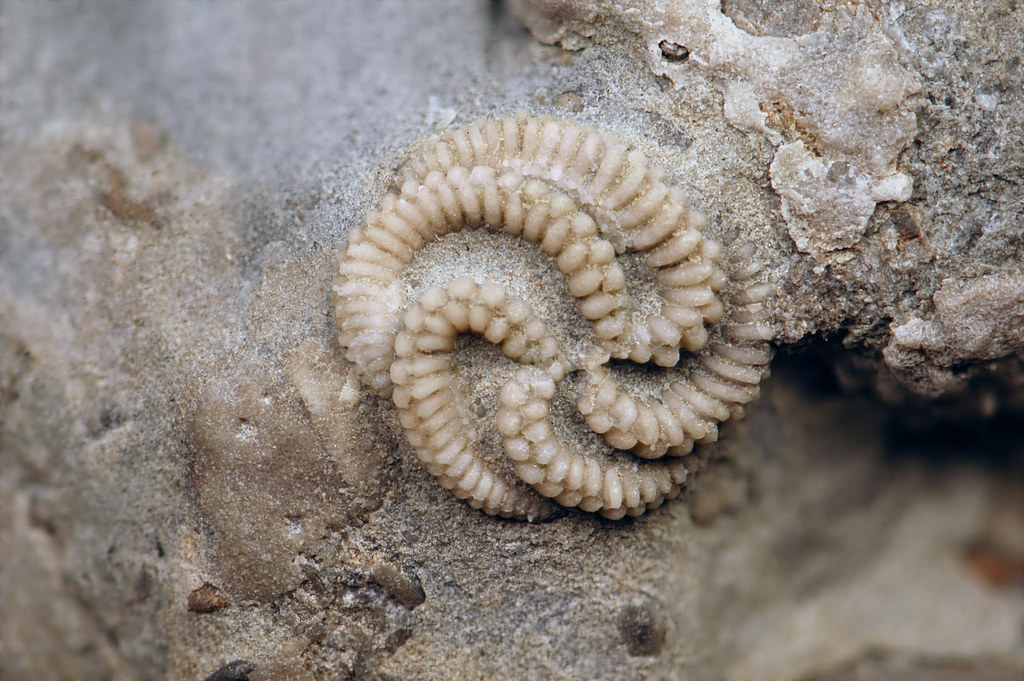
Konservat-Lagerstätten preserve lightly sclerotized and soft-bodied organisms or traces of organisms that are not otherwise preserved in the usual shelly and bony fossil record; thus, they offer more complete records of ancient biodiversity and behavior and enable some reconstruction of the palaeoecology of ancient aquatic communities. Konservat-Lagerstätten may have resulted from carcass burial in an anoxic environment with minimal bacteria, thus delaying the decomposition of both gross and fine biological features until long after a durable impression was created in the surrounding matrix.
The transformation from living organism to fossil requires winning what amounts to a prehistoric lottery. Every condition must align perfectly: the right environment, the perfect timing, the ideal chemistry, and often a catastrophic event that ensures rapid burial. Most organisms that ever lived never had a chance at this lottery, leaving vast gaps in our understanding of ancient life.
Conclusion
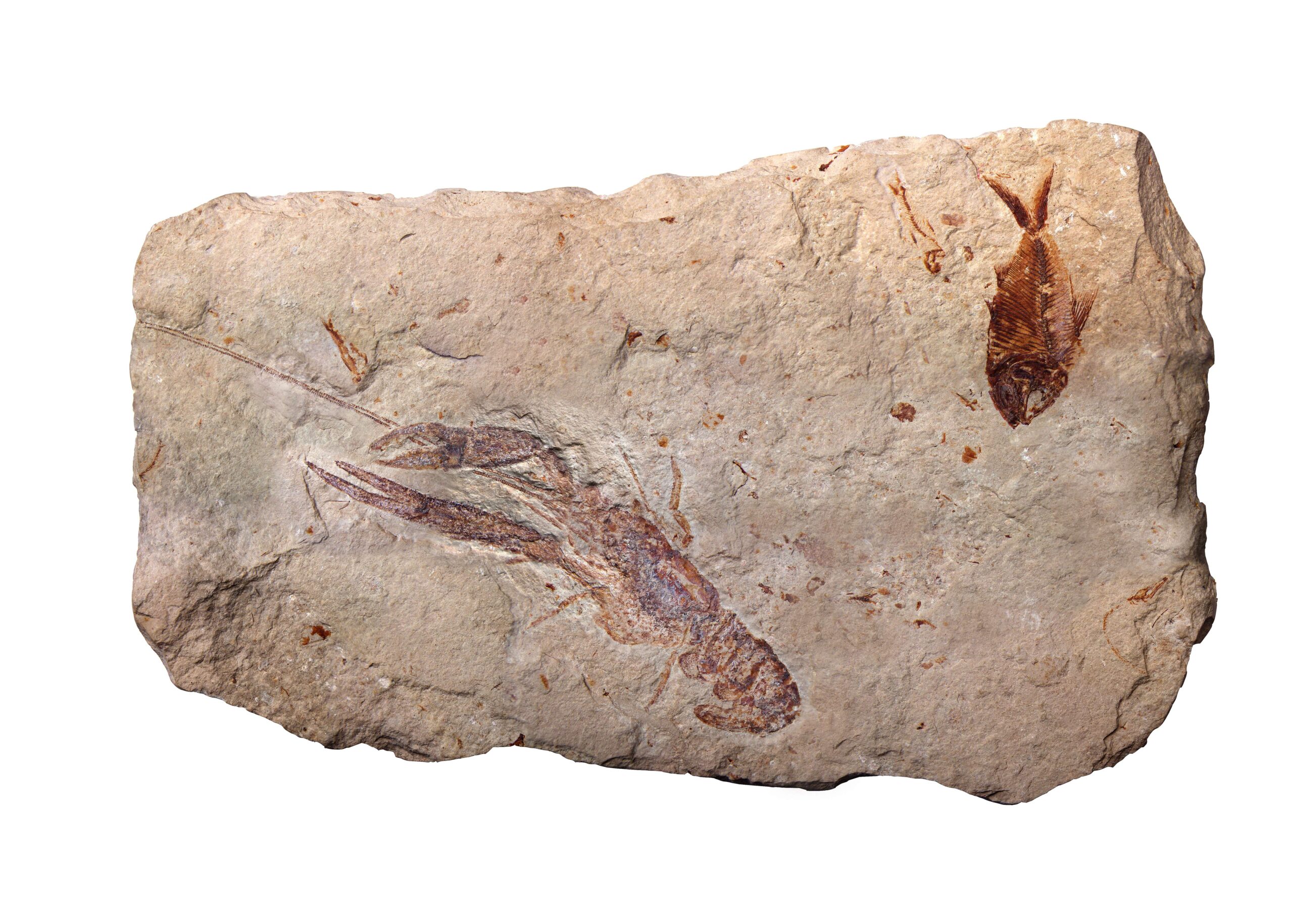
The fossil record represents just a tiny glimpse into the incredible diversity of life that has existed on Earth. The fate of most organic material produced by living systems is to be decomposed to carbon dioxide and water, and recycled into the biosphere. The circulation of elements through biogeochemical cycles indicates that decomposition is, indeed, efficient; however the presence of organic material in sedimentary rocks (e.g., coal, petroleum, dispersed organic matter, and fossils) shows that some organic matter-or its traces-escapes these cycles to be preserved in the rock record.
Every fossil represents a winner in the ultimate preservation lottery, where countless variables had to align perfectly to create these windows into deep time. From the rapid burial that saves remains from scavengers to the precise chemistry that replaces tissues with stone, fossilization remains one of nature’s most remarkable processes. The next time you see a fossil, remember that you’re looking at something that beat odds of millions to one to survive the journey from life to stone. What stories might we never know because their lottery tickets didn’t come up?

